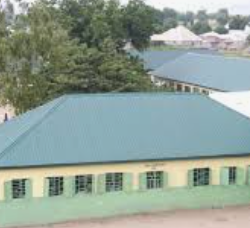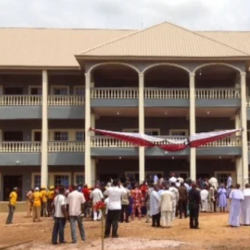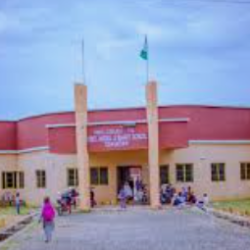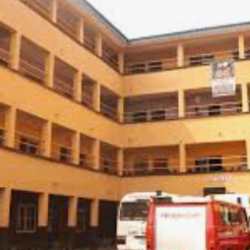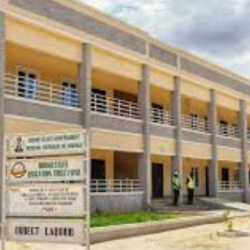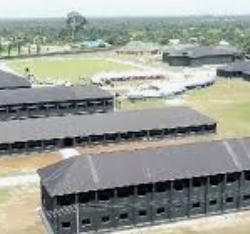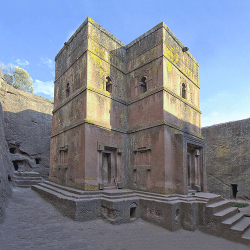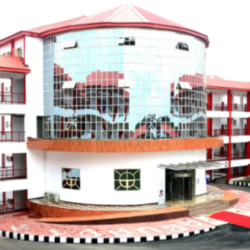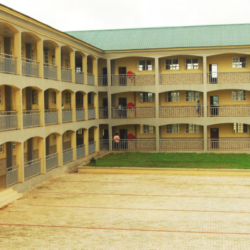The Communes in Timiș County, Romania are:
- Balinț
- Banloc
- Bara
- Bârna
- Beba Veche
- Becicherecu Mic
- Belinț
- Bethausen
- Biled
- Birda
- Bogda
- Boldur
- Brestovăț
- Bucovăț
- Cărpiniș
- Cenad
- Cenei
- Checea
- Chevereșu Mare
- Comloșu Mare
- Coșteiu
- Criciova
- Curtea
- Darova
- Denta
- Dudeștii Noi
- Dudeștii Vechi
- Dumbrava
- Dumbrăvița
- Fârdea
- Fibiș
- Foeni
- Gavojdia
- Ghilad
- Ghiroda
- Ghizela
- Giarmata
- Giera
- Giroc
- Giulvăz
- Gottlob
- Iecea Mare
- Jamu Mare
- Jebel
- Lenauheim
- Liebling
- Livezile
- Lovrin
- Margina
- Mașloc
- Mănăștiur
- Moravița
- Moșnița Nouă
- Nădrag
- Nițchidorf
- Ohaba Lungă
- Orțișoara
- Otelec
- Parța
- Pădureni
- Peciu Nou
- Periam
- Pesac
- Pietroasa
- Pișchia
- Racovița
- Remetea Mare
- Sacoșu Turcesc
- Saravale
- Satchinez
- Săcălaz
- Sânandrei
- Sânmihaiu Român
- Sânpetru Mare
- Secaș
- Șag
- Șandra
- Știuca
- Teremia Mare
- Tomești
- Tomnatic
- Topolovățu Mare
- Tormac
- Traian Vuia
- Uivar
- Variaș
- Vălcani
- Victor Vlad Delamarina
- Voiteg
Communes in Timiș County
Timiș County, the largest county in Romania by land area, is not only home to vibrant cities like Timișoara and Lugoj but also a wide network of communes (comune in Romanian). Communes represent the basic administrative units of rural Romania, consisting of one or several villages, and they play a crucial role in maintaining local governance, cultural traditions, and agricultural development.
Timiș County is known for its ethnic diversity, fertile agricultural land, and multicultural villages, making its communes some of the most distinctive in Romania.
Administrative Structure of Communes
Romania’s administrative hierarchy places communes as the smallest units, under the authority of a mayor and a local council. In Timiș County:
- Cities/Municipalities: Timișoara, Lugoj
- Towns: Jimbolia, Sânnicolau Mare, Făget, Buziaș, Recaș, Gătaia, Deta
- Communes: More than 85 communes, each with multiple villages
This layered structure ensures that even the smallest rural communities maintain direct representation in local governance.
Number and Distribution of Communes
Timiș County has 89 communes, making it one of the counties with the highest number of rural administrative units in Romania. These communes are spread across:
- The Banat Plain – fertile farmlands with strong agricultural communes.
- The Foothills of the Carpathians – communes with vineyards, forestry, and traditional crafts.
- The Borderlands – communes near Serbia and Hungary, often with multicultural populations.
Cultural and Ethnic Diversity
One of the most remarkable features of Timiș County communes is their multicultural identity. Over centuries, Romanians lived alongside Hungarians, Germans (Banat Swabians), Serbs, Bulgarians, Slovaks, and Roma. This blend is reflected in:
- Architecture – colorful village houses with Austro-Hungarian and German influence.
- Languages – many communes still maintain bilingual or trilingual traditions.
- Cuisine and Festivals – Serbian slavas, Hungarian gulyás festivals, and German Kirchweih celebrations coexist with Romanian Orthodox traditions.
Economy of Communes
The communes of Timiș are vital for Romania’s agriculture and rural economy:
- Crops: Wheat, corn, sunflowers, sugar beet, and grapes.
- Animal farming: Cattle, pigs, and poultry.
- Vineyards: Recaș, located in Timiș, is one of Romania’s best-known wine-producing areas.
- Rural tourism: Guesthouses and eco-tourism are growing industries in picturesque communes.
Examples of Notable Communes in Timiș County
Here are some of the most well-known communes in the county:
- Dumbrăvița – A fast-growing commune near Timișoara, known for its modern development and international community.
- Sânandrei – A large commune with a mix of agriculture and suburban growth.
- Foeni – Situated on the border with Serbia, highlighting cross-border cultural ties.
- Recaș (town + surrounding commune area) – Famous for its vineyards and wine production.
- Sânmihaiu Român – Traditional Banat village life mixed with modern development.
Challenges and Development in Rural Timiș
Like many rural areas in Romania, communes in Timiș face challenges such as:
- Depopulation – Young people migrating to Timișoara or abroad.
- Infrastructure – Roads and utilities improving but still behind urban standards.
- Economic Transition – From subsistence farming to commercial agriculture and tourism.
However, EU funds and cross-border projects with Hungary and Serbia have brought significant development opportunities, especially in infrastructure, education, and rural tourism.

FAQs about Communes in Timiș County
1. How many communes are in Timiș County?
There are 89 communes, making it one of the counties with the most rural administrative units.
2. What is the largest commune in Timiș by population?
Dumbrăvița, near Timișoara, is among the most populous and developed communes.
3. What are communes responsible for?
Communes handle local services such as schools, local roads, utilities, and cultural events.
4. Are communes in Timiș multicultural?
Yes, many communes include Hungarians, Germans, Serbs, and other minorities, making them highly diverse.
5. What is the economic base of communes in Timiș?
Agriculture, vineyards, animal farming, and increasingly rural tourism.
6. Which commune is best known for wine?
Recaș is the most famous wine-producing commune in Timiș County.
The communes of Timiș County represent the heart of Banat’s rural life. While Timișoara symbolizes modernization and urban progress, the communes preserve traditions, agriculture, and multicultural heritage. With ongoing investments in infrastructure, tourism, and cross-border cooperation, Timiș communes are not only maintaining their cultural legacy but also stepping into a promising future.
